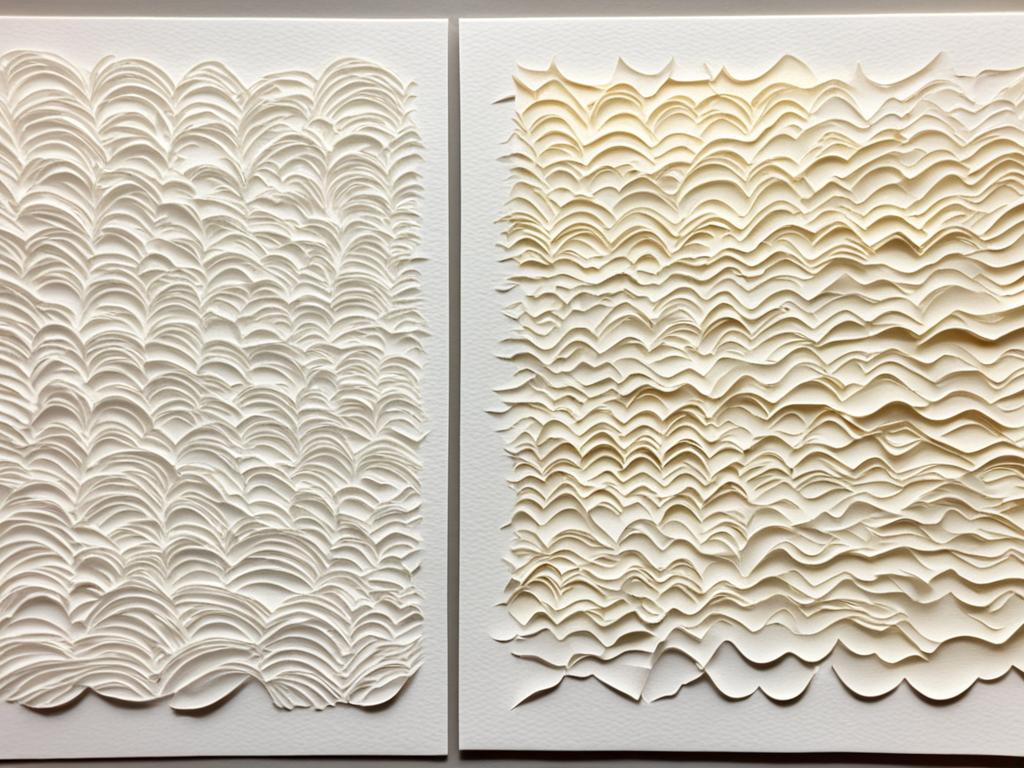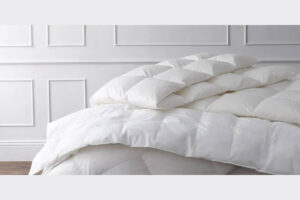When it comes to choosing the right paper for your prints, the decision between ivory and white paper can make a significant impact. Ivory paper is often preferred for fiction books, while white paper is commonly used for books with color images or non-fiction reference manuals. Ivory paper has a creamy off-white color that is easy on the eyes and provides a professional, classic look. On the other hand, white paper offers a brighter, more vibrant appearance that enhances the visibility of color images. Understanding the differences between ivory and white paper can help you make the best choice for your printing needs.
Key Takeaways:
- Ivory and white paper have different uses in printing, with ivory paper commonly used for fiction books and white paper preferred for books with color images or non-fiction materials.
- Ivory paper has a classic, creamy off-white color, while white paper offers a brighter, more vibrant appearance.
- The choice between ivory and white paper depends on factors such as the intended use, appearance preference, and desired visibility of color images.
- Both ivory and white paper come in various thickness options to cater to different printing needs.
- Understanding the differences between ivory and white paper can help you make an informed decision that suits your specific printing project.
Factors to Consider When Choosing Paper Types
When it comes to selecting the right paper for your printing needs, there are several factors to consider. The appearance of the paper is an important consideration, as it can significantly impact the overall look and feel of your prints. Ivory paper offers a warm and classic look, while white paper provides a clean and bright appearance.
The choice of paper also depends on the intended use. Ivory paper is often the preferred option for fiction books, as its warm tone complements the storytelling experience. On the other hand, white paper is commonly used for books with color images or non-fiction materials, as it enhances the vibrancy and visibility of the visuals.
Aside from appearance and use, the thickness of the paper is another factor to take into account. Both ivory and white paper come in various thickness options to suit different printing requirements. Whether you need a lightweight paper for a novel or a sturdier one for a reference manual, there are choices available for both types.
Furthermore, considering the printing options is crucial in selecting the right paper. Both ivory and white paper can be used with various printing techniques, including inkjet and laser printing. This versatility ensures that you can achieve high-quality prints regardless of the method you prefer.
By carefully evaluating these factors, you can make an informed decision between ivory and white paper that aligns with your specific needs and preferences.
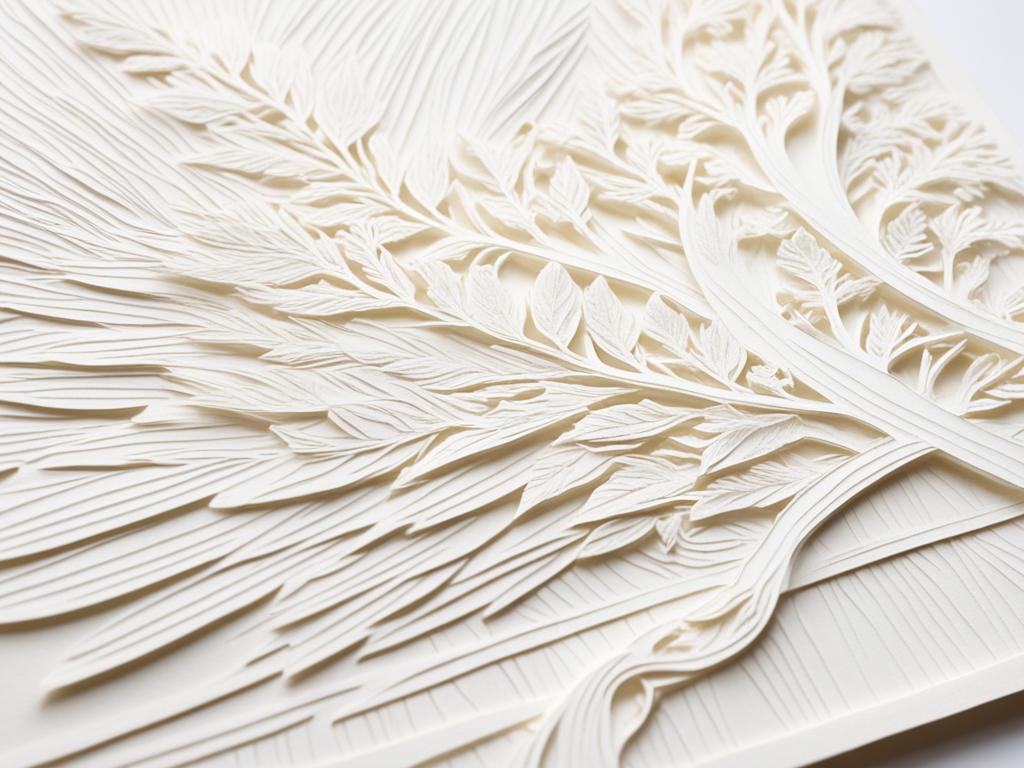
Understanding Different Paper Types
When it comes to printing, there are various types of paper to choose from, including ivory and white paper. Ivory paper, often made from high-grade wood pulp, has a creamy off-white color that exudes a classic and professional appearance. It is particularly well-suited for fiction books, where the warm and timeless look complements the storytelling experience. On the other hand, white paper boasts a bright white color that is commonly used for books with color images or non-fiction materials. The clean and vibrant appearance of white paper enhances the visibility of colorful illustrations and graphics, making it an ideal choice for visually appealing prints.
Both ivory and white paper are available in a range of thickness options, allowing you to select the right paper weight for your specific needs. The thickness of the paper affects its sturdiness and durability, with thicker paper providing a more substantial feel. Furthermore, the choice between ivory and white paper depends on your desired aesthetic. Ivory paper’s creamy hue adds warmth and elegance to printed materials, while white paper offers a crisp and contemporary look.
It’s worth noting that the color, appearance, and thickness of the paper play significant roles in the overall impression and user experience of printed materials. By understanding the characteristics of different paper types, such as ivory and white paper, you can make an informed decision that aligns with your printing requirements and achieves the desired visual impact.
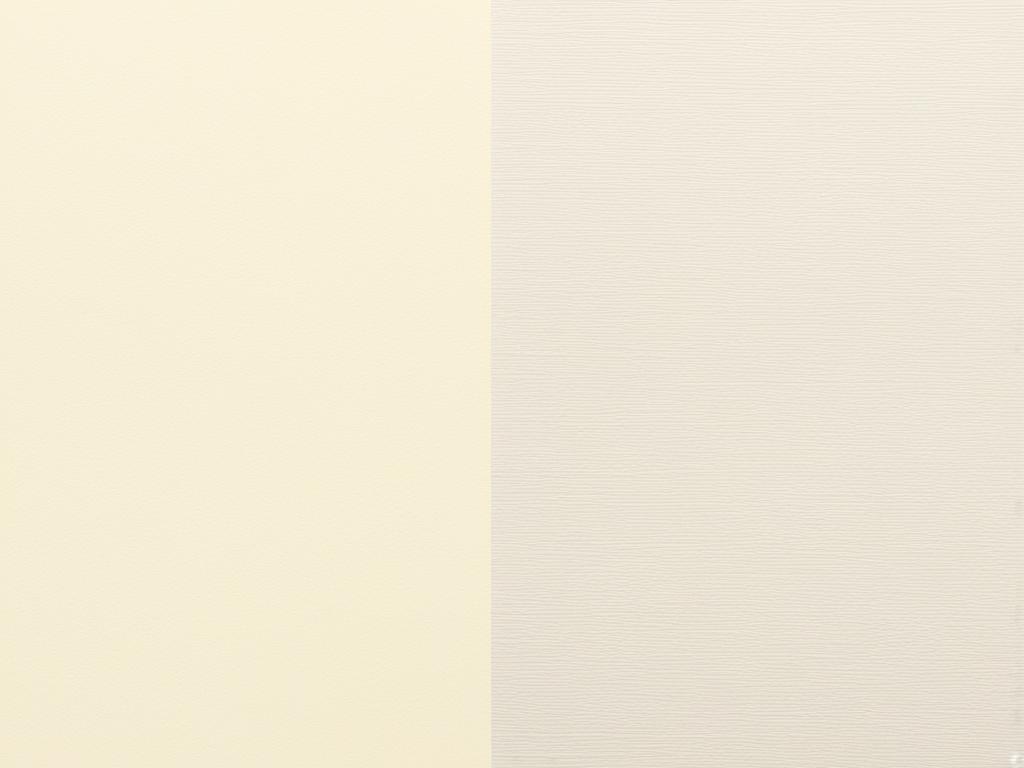
Whether you’re working on a novel, reference manual, or any other print project, considering the nuances of ivory and white paper can make a world of difference. The choice between these two types of paper ultimately comes down to personal preference and the desired outcome for your prints. Understanding the definition, color, appearance, and thickness of ivory and white paper empowers you to select the perfect paper type that elevates your printing materials to the next level.
Choosing the Right Paper Weight and Texture
When it comes to choosing between ivory and white paper, the weight and texture of the paper are key factors to consider. Both types of paper offer various thickness options, allowing you to select the right paper weight based on your specific printing needs.
For those looking for a sturdy and durable option, ivory paper is the ideal choice. Its thickness ensures durability, making it suitable for fiction books that are frequently handled and read.
On the other hand, white paper is commonly used for books that feature color images. Its smoother and more vibrant surface enhances the quality of printed images, providing a visually appealing experience for readers.
When it comes to texture, ivory paper offers a classic and timeless feel. This texture adds a touch of elegance to any printed material, making it a popular choice for various creative projects.
In contrast, white paper has a clean and modern appearance. The smooth texture of white paper provides a sleek and professional look, which is often preferred for business documents, reports, and presentations.
Overall, the choice between ivory and white paper ultimately depends on your personal preference and the specific requirements of your printing project. Whether you prioritize sturdiness and durability or a clean and modern appearance, both types of paper offer unique advantages. Consider the weight and texture of the paper to ensure that it complements the content and style of your prints.
Stay tuned for the next section, where we will delve further into the differences between ivory and white paper.
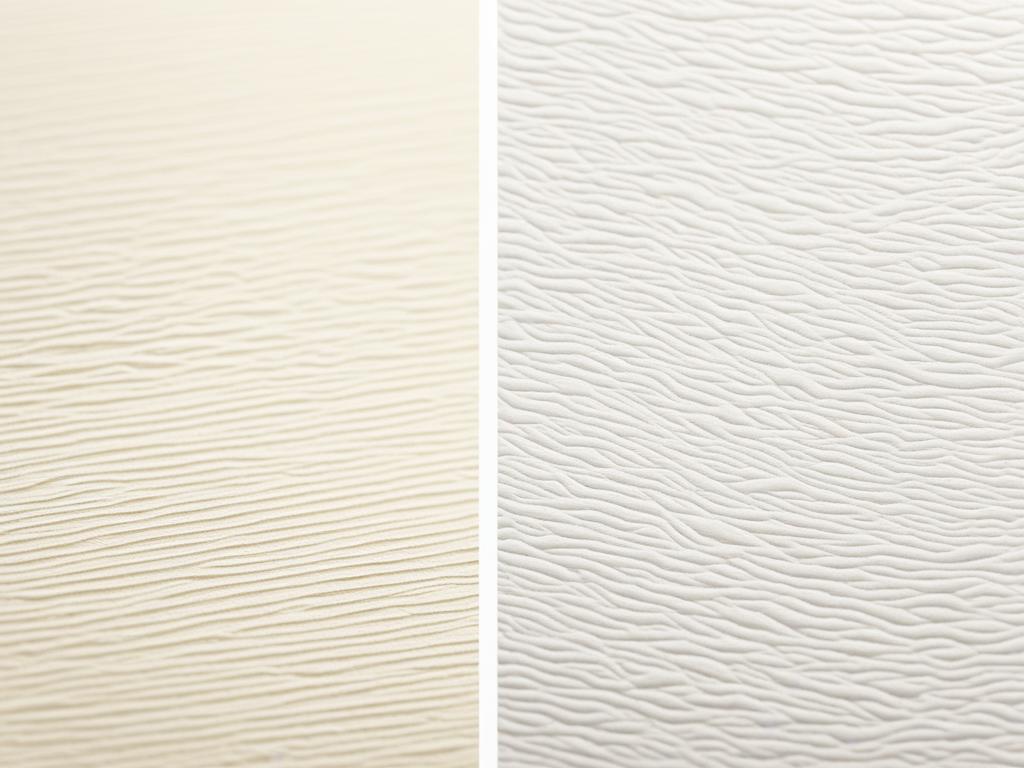
Comparison of Ivory and White Paper Thickness
| Paper Type | Thickness (in pounds) |
|---|---|
| Ivory Paper | 60 |
| Ivory Paper | 70 |
| Ivory Paper | 80 |
| White Paper | 50 |
| White Paper | 60 |
| White Paper | 70 |
Conclusion
Choosing between ivory and white paper for your printing needs requires careful consideration of various factors. The decision depends on the intended use, appearance preferences, thickness requirements, and printing options. Ivory paper is a popular choice for fiction books, offering a warm and classic look that adds a touch of elegance. On the other hand, white paper is often selected for books with color images or non-fiction materials, as it provides a brighter and more vibrant appearance that enhances the visual impact.
Ultimately, the choice between ivory and white paper boils down to personal preference and the specific requirements of your printing project. By understanding the differences between the two options, you can make an informed decision that aligns with your needs and helps you achieve the desired printing results. Consider the intended use of your prints, whether it’s fiction or non-fiction, and evaluate the appearance and effects you want to create. Additionally, take into account the thickness of the paper to ensure it meets your durability and tactile preferences.
Keep in mind that both ivory and white paper offer their unique advantages and charm. Ivory paper exudes a timeless and classic feel, perfect for creating a nostalgic reading experience. In contrast, white paper presents a clean and modern aesthetic that complements color images and non-fiction content. So, whether you’re aiming for a traditional or contemporary look, there is a paper option that will suit your style.
By carefully considering all these factors and weighing the differences between ivory and white paper, you can confidently make the best choice for your prints. Whether it’s an engaging novel or an informative reference manual, selecting the right paper type will enhance the overall reading experience and leave a lasting impression on your audience.
FAQ
What is the difference between ivory and white paper?
Ivory paper has a creamy off-white color, while white paper is bright white. Ivory paper offers a classic, warm appearance, while white paper has a clean and vibrant look.
When should I use ivory paper?
Ivory paper is often preferred for fiction books, thanks to its classic and professional appearance.
What is white paper commonly used for?
White paper is commonly used for books with color images or non-fiction materials, as it enhances the visibility of colors and provides a bright appearance.
How do I choose the right thickness for ivory and white paper?
Both ivory and white paper come in various thickness options, allowing you to select the appropriate paper weight based on your printing needs.
Can I use both ivory and white paper for printing?
Yes, both ivory and white paper are compatible with different printing techniques, including inkjet and laser printing. You can choose the one that suits your preferences and requirements.
